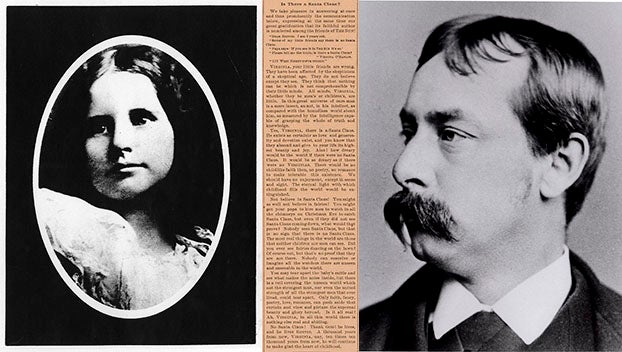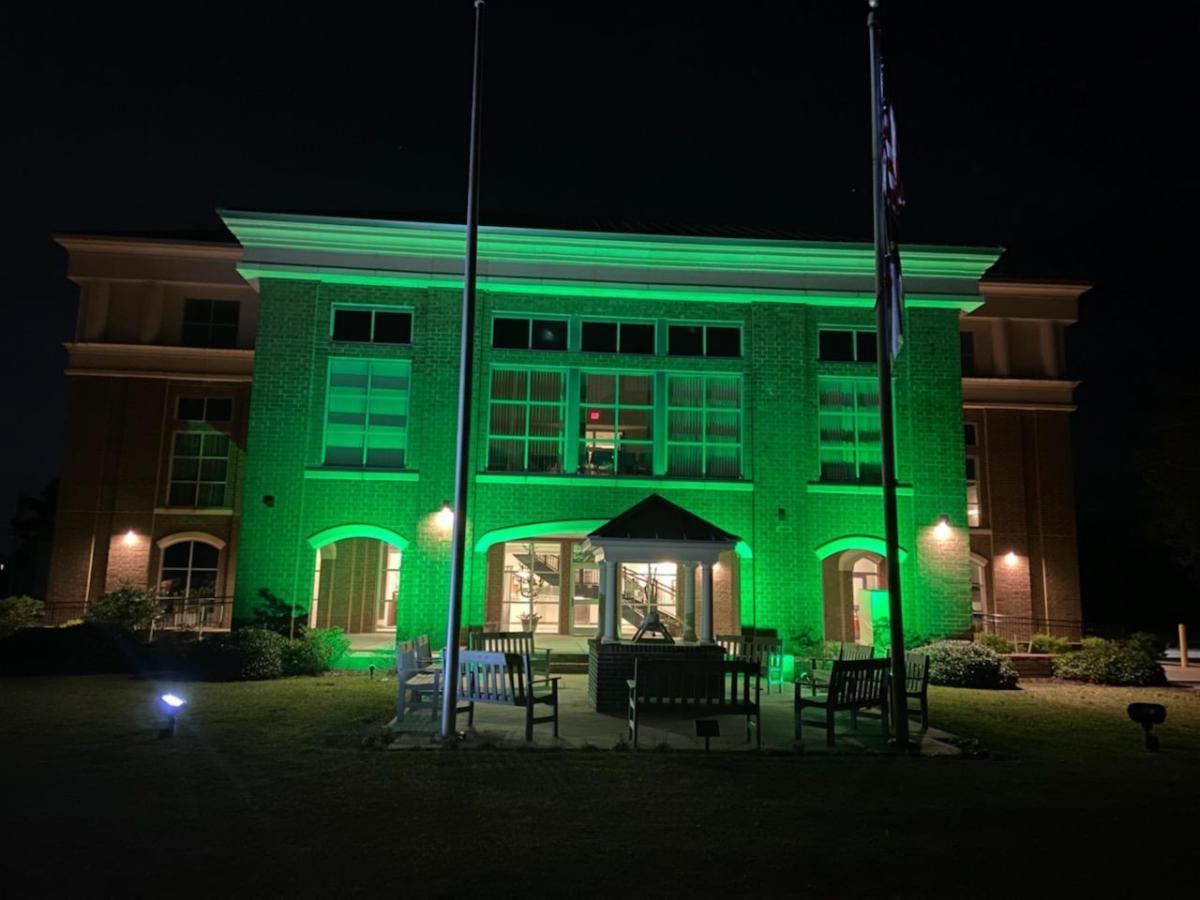Strength comes in numbers
Published 8:12 pm Tuesday, March 13, 2018
The average American is $131,431 in debt, which totals to a whopping $12.96 trillion in consumer debt.
After adjusting for inflation, wages are only 10 percent higher in 2017 than they were in 1973, according to a study by the Brookings Institute, the most frequently cited think tank by both U.S. media and politicians.
If one looks at a chart at price changes in consumer goods and services in the U.S. from 1997 to 2017, the costs for consumer goods that are considered “wants,” as opposed to “needs,” have either stagnated or decreased. These are items such as cars, clothing, software, toys and TVs. That’s a good thing, but look above the 0-percent line, however, and the costs of “needs,” have risen dramatically. Costs for medical care have increased 100 percent; the cost of childcare, 110 percent. Household energy costs have increased by nearly 70 percent and the cost of housing has increased by 58 percent. The price of food and beverages has gone up by 56.5 percent.
“The gap shows why millions of low income renters constantly struggle, forced to make impossible decisions between paying for rent, healthcare or food,” said Diane Yentel, president and CEO of the National Low Income Housing Coalition, about the lack of affordable housing in the U.S. “Being cost-burdened makes it difficult for households to save for emergencies and puts families at greater risk for homelessness. Households with children who are severely cost-burdened spend 75 percent less on healthcare and 40 percent less on food than similarly poor households who are not cost-burdened, and seniors who are severely cost-burdened spend 62 percent less on healthcare.”
It’s a vicious cycle, and one that an increasing number of families experience without a safety net.
In an ideal world, the threat of homelessness would not exist. In an ideal world, people would not fall through the cracks. The above, however, firmly shows that this is not an ideal world, or economy, and shows the need to support programs that do fill those cracks: local homeless shelters, food banks, coat drives and more.
If higher powers cannot take it upon themselves to stem the tide of debt and poverty, then it’s up to the individual to do their part. A community is only as strong as its weakest link.





